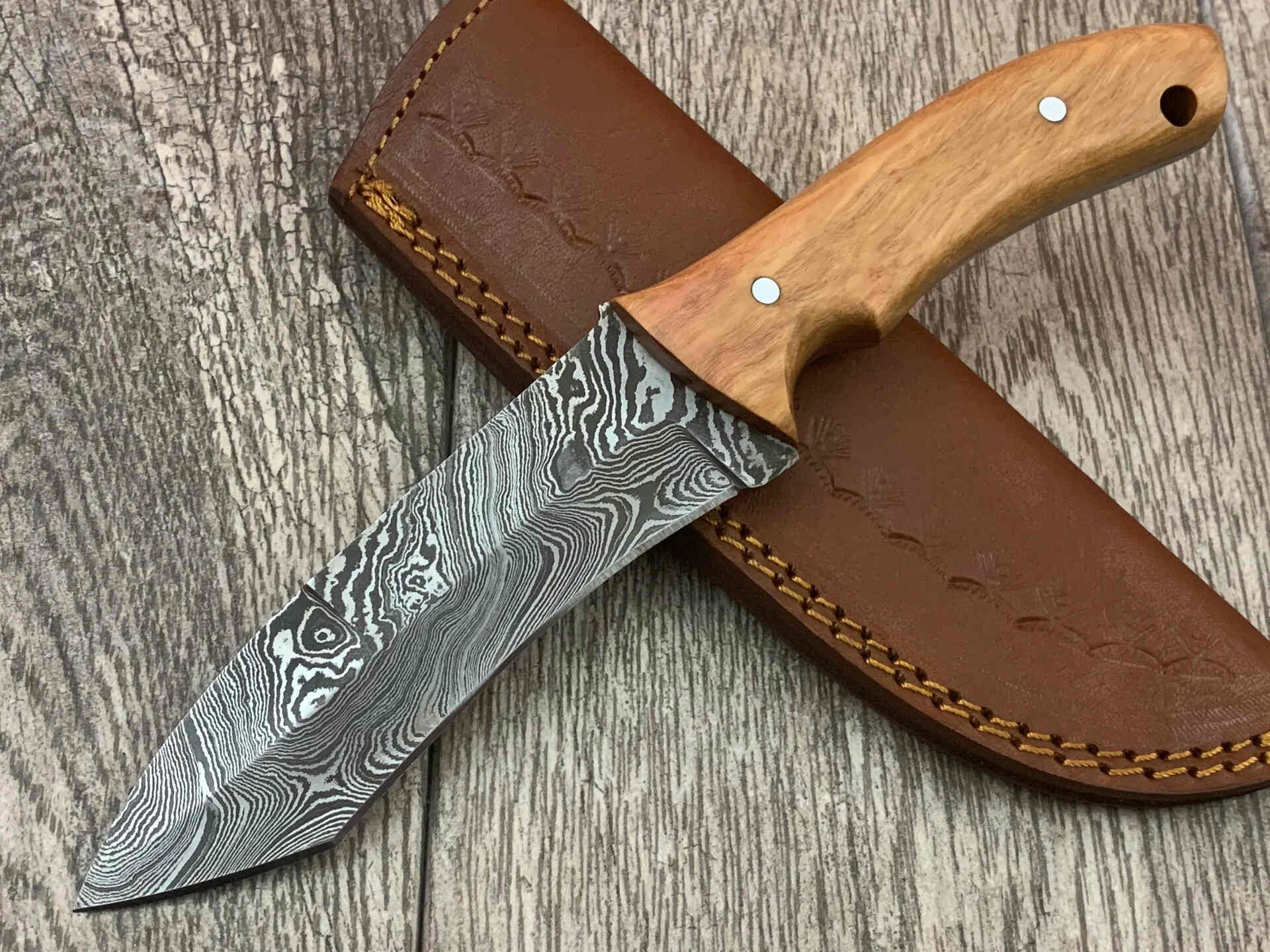

Articles
How To Store Damascus Knives
Modified: December 7, 2023
Learn the proper techniques and tips for storing Damascus knives in our informative articles. Keep your prized knives in optimal condition with our expert advice.
(Many of the links in this article redirect to a specific reviewed product. Your purchase of these products through affiliate links helps to generate commission for Storables.com, at no extra cost. Learn more)
Introduction
Welcome to the world of Damascus knives, where exquisite craftsmanship and sharpness meet. Damascus knives are known for their beautiful, wavy patterns on the blade, created through a process of layering different types of steel. These knives are not only aesthetically pleasing, but they also offer superior cutting performance.
However, owning a Damascus knife comes with a responsibility. To maintain its beauty and functionality, proper storage is crucial. Storing your Damascus knife correctly will not only protect its sharp edge but also preserve its distinctive pattern and prevent corrosion.
In this article, we will explore the importance of proper storage for Damascus knives and provide you with practical tips on how to store them effectively, ensuring their longevity and optimal performance.
Key Takeaways:
- Proper storage is crucial for preserving the beauty and functionality of Damascus knives. From choosing the right location to applying protective coatings, these steps ensure longevity and optimal performance.
- Regular maintenance, such as cleaning and sharpening, is essential for keeping Damascus knives in prime condition. Treat them with care and respect to enjoy their beauty and durability for years to come.
Read more: How To Store Knives
Understanding Damascus Knives
Damascus knives are renowned for their remarkable strength, sharpness, and unique patterns. The term “Damascus” refers to the technique used to forge these knives, originating from the ancient city of Damascus in Syria.
Traditionally, Damascus knives were forged by layering different types of steel or iron together, resulting in a beautiful, rippling design on the blade. This layering process also enhances the knife’s strength and durability.
Modern Damascus knives are typically made from a combination of high-carbon steel and softer, more flexible steel. The high-carbon steel provides excellent cutting performance and edge retention, while the softer steel adds toughness to the blade.
The distinctive patterns seen on Damascus knives are the result of acid etching or sandblasting the blade after forging. This process reveals the contrasting layers of steel and creates the mesmerizing patterns that make each Damascus knife truly unique.
It’s important to note that while Damascus knives are highly prized for their beauty, they are also exceptional tools for precision cutting. The sharpness and strength of the blade make them ideal for various kitchen tasks, hunting, and outdoor activities.
Now that we have a better understanding of Damascus knives and their craftsmanship, let’s explore the significance of proper storage to maintain their quality and longevity.
Importance of Proper Storage
Proper storage is essential for preserving the quality and longevity of your Damascus knife. Here are a few reasons why it’s important to store your knife correctly:
- Prevent Damage: Storing your Damascus knife in the wrong way can lead to damage or dulling of the blade. It can also cause chips, scratches, or bending of the delicate edge. Proper storage helps protect the knife from accidental bumps or contact with other objects, preventing these types of damage.
- Preserve Sharpness: A well-honed Damascus knife can slice effortlessly through various materials. However, improper storage can cause the blade to become dull quickly. Storing the knife in a way that avoids contact with hard surfaces or other utensils will help maintain its sharp edge for longer periods.
- Prevent Corrosion: Damascus knives are susceptible to rust and corrosion if exposed to moisture or humid environments. Proper storage ensures that the knife is kept dry and protected from moisture, reducing the risk of corrosion and prolonging its lifespan.
- Maintain Aesthetic Appeal: The distinctive patterns on a Damascus knife make it a work of art. Proper storage helps to preserve the beauty of the blade’s pattern by preventing scratches or discoloration. This ensures that your Damascus knife maintains its aesthetic appeal for years to come.
Now that we understand the importance of proper storage, let’s delve into the specific ways you can store your Damascus knife to ensure its longevity and performance.
Choosing the Right Storage Location
When it comes to storing your Damascus knife, selecting the right location is key. Here are some factors to consider:
- Avoid Moisture and Humidity: Moisture is your Damascus knife’s worst enemy, as it can lead to rust and corrosion. Choose a storage location that is dry and well-ventilated, away from areas with high humidity, such as near sinks or dishwashers.
- Temperature Stability: Fluctuations in temperature can also impact the blade’s condition. Avoid storing your Damascus knife in areas that experience extreme temperature changes, such as near stoves or ovens. Opt for a location with consistent room temperature.
- Isolation from Other Utensils: To prevent accidental damage or dulling, store your Damascus knife separately from other utensils. This will minimize the risk of the blade coming into contact with hard surfaces or sharp objects that could potentially damage or dull the edge.
- Child and Pet Safety: If you have young children or pets, ensure that your storage location is out of their reach. Keep your Damascus knife stored in a secure place, such as a high cabinet or drawer with a childproof lock, to avoid any accidents or injuries.
Consider these factors when choosing the right storage location for your Damascus knife to ensure its safety and longevity.
Cleaning and Drying the Knife
Proper cleaning and drying are vital steps in maintaining the quality and longevity of your Damascus knife. Here’s how to clean and dry your knife effectively:
- Hand Wash Only: Damascus knives should always be hand washed, as the harsh detergents and high heat of a dishwasher can damage the blade and handle. Use mild dish soap and warm water to clean the knife.
- Gently Scrub the Blade: Use a soft sponge or cloth to gently scrub the blade, removing any food residue or dirt. Take care not to use abrasive materials that may scratch the surface of the knife.
- Avoid Soaking: Do not soak your Damascus knife in water for extended periods, as this can cause the blade to corrode. Instead, clean it immediately after use to prevent any buildup.
- Dry Thoroughly: After washing, thoroughly dry the knife with a clean towel or cloth. Pay special attention to the blade, making sure it is completely dry to prevent any moisture from causing rust or corrosion.
- Avoid Air Drying: It is important to avoid air drying your Damascus knife, as this can expose it to moisture. Instead, ensure that all parts of the knife are dried by hand to eliminate any lingering water.
- Oil the Blade: To further protect the blade from moisture and corrosion, consider applying a thin coat of food-safe mineral oil to the blade after drying. This will provide an extra layer of protection during storage.
By following these cleaning and drying practices, you can help extend the lifespan of your Damascus knife and maintain its pristine condition.
Read more: How To Store Knives In A Drawer
Applying Protective Coatings
Applying a protective coating to your Damascus knife is an additional measure you can take to safeguard its blade and prevent corrosion. Here are a few options for protective coatings:
- Food-Grade Wax: Food-grade waxes, such as beeswax or mineral oil-based waxes, can be applied to your Damascus knife’s blade to create a protective barrier. This helps to prevent moisture from coming into direct contact with the steel, reducing the risk of rust or corrosion.
- Non-Toxic Blade Oil: A non-toxic blade oil specifically designed for knives can be used to provide a protective coating. This oil penetrates the metal, creating a barrier against moisture and inhibiting the formation of rust.
- Specialized Knife Protection Products: There are specialized products available, such as knife protectors or blade oils specifically formulated for Damascus knives. These products are designed to protect the blade, maintain its luster, and inhibit rust and corrosion.
Before applying any protective coating, ensure that the knife is clean and dry. Follow the instructions provided by the manufacturer for the specific product you choose to use.
Remember to periodically check and reapply the protective coating as needed, especially if you notice any signs of wear or if the knife is exposed to moisture frequently.
By applying a protective coating to your Damascus knife, you can add an extra layer of defense against rust, corrosion, and other potential damage.
To store Damascus knives, use a knife block or magnetic strip to keep the blades protected and prevent them from dulling. Avoid storing them in a drawer where they can rub against other utensils.
Using Knife Sheaths or Blade Guards
Protecting the blade of your Damascus knife from accidental bumps or scratches is essential, and one effective way to do so is by using knife sheaths or blade guards. Here’s why they are beneficial and how to use them:
- Preventing Accidental Damage: Knife sheaths or blade guards provide a physical barrier that shields the blade from coming into contact with hard surfaces or other objects, reducing the risk of accidental damage. They help to maintain the sharpness and integrity of the blade.
- Avoiding Injury: Using a knife sheath or blade guard not only protects the blade but also ensures your safety. It prevents accidental cuts or injuries when reaching into a drawer or bag where the knife is stored.
- Custom Fit: Look for knife sheaths or blade guards that are designed specifically for your Damascus knife’s blade shape and size. This ensures a snug and secure fit, providing optimal protection.
- Easy and Convenient: Sheaths or blade guards are hassle-free to use. Simply slide the knife into the sheath or attach the blade guard, and it’s ready for storage. They are also lightweight and can be easily carried when traveling with your knife.
When using a knife sheath, make sure it is clean and dry before inserting the knife. Avoid forcing the knife into the sheath to prevent damage to the blade or sheath itself.
Blade guards typically have a protective cover that slides or clips over the blade, securing it in place. Ensure that the blade guard completely covers the edge of the blade to avoid any accidental contact.
By utilizing knife sheaths or blade guards, you can effectively protect your Damascus knife from damage, while also ensuring your own safety.
Storing the Knife in a Knife Block or Drawer
Storing your Damascus knife in a knife block or drawer provides a convenient and organized solution while preserving the blade’s condition. Here’s how to do it effectively:
- Knife Block: A knife block is a popular storage option that keeps your knives easily accessible. Choose a knife block that has individual slots for each knife, ensuring they don’t come into contact with each other. This prevents the blades from rubbing against one another and causing damage or dulling.
- Knife Drawer Organizer: If you prefer to store your Damascus knife in a drawer, use a knife drawer organizer or a knife tray. This not only keeps the knife secure, but also prevents blades from getting damaged or causing accidents while rummaging through the drawer.
- Separate Compartments: Whether using a knife block or drawer organizer, ensure that each knife has its dedicated compartment. This helps to protect the blade and reduces the risk of accidental contact with other utensils or hard surfaces.
- Blade Protection: If placing your knife in a knife block, consider using blade guards to provide an extra layer of protection. This helps to prevent scratches or damage to the blade when inserting or removing the knife from the block.
- Keep the Area Clean: Regularly clean the knife block or drawer organizer to remove any dust or debris that can accumulate over time. A clean storage area minimizes the risk of dirt or particles coming into contact with the knife.
Remember to handle your Damascus knife with care when storing it in a knife block or drawer. Avoid dropping or forcefully placing the knife to prevent any damage to the blade or handle.
By storing your Damascus knife in a knife block or drawer using these guidelines, you can keep it safely organized and protect the blade from unnecessary wear or accidental damage.
Other Storage Options to Consider
While knife blocks and drawers are popular choices for storing Damascus knives, there are other storage options to consider based on your preferences and available space. Here are a few alternatives:
- Magnetic Knife Strip: A magnetic knife strip is a space-saving and visually appealing storage option. It allows you to display your Damascus knives on the wall, keeping them easily accessible while adding a touch of elegance to your kitchen.
- Knife Roll or Bag: If you frequently travel with your Damascus knife or need a portable storage solution, a knife roll or bag is an excellent choice. These specially designed rolls or bags have individual compartments, protecting the blades and providing convenient carrying options.
- Knife Cabinet: For those with a larger knife collection, a dedicated knife cabinet can be a practical option. These cabinets typically have multiple shelves or slots, allowing you to store and organize your Damascus knives with ease.
- Wall-Mounted Rack: Similar to a magnetic knife strip, a wall-mounted rack provides a stylish and space-efficient storage solution. It securely holds your knives while showcasing their beauty as a decorative element in your kitchen.
- Knife Stand: A knife stand is a compact and versatile storage option, particularly suitable for showcasing a single Damascus knife or a small collection. It can be placed on the countertop, providing quick and easy access.
When considering alternative storage options, always prioritize safety, accessibility, and protection for your Damascus knife. Ensure that the chosen storage method keeps the blade secure and prevents contact with other objects to avoid any accidental damage.
Ultimately, select the storage option that aligns with your personal preferences, available space, and the overall aesthetic you want to achieve in your kitchen.
Read more: How To Store Pocket Knives
Regular Maintenance and Inspections
In addition to proper storage, regular maintenance and inspections are essential for keeping your Damascus knife in optimal condition. Here are some key practices to follow:
- Regular Cleaning: Clean your Damascus knife after each use to remove any food residue or debris. This prevents the accumulation of substances that can potentially damage the blade or handle over time.
- Sharpening the Blade: Damascus knives require periodic sharpening to maintain their cutting performance. Depending on usage, sharpen the blade using a whetstone or have it professionally sharpened to ensure a razor-sharp edge.
- Inspecting for Wear or Damage: Regularly inspect your Damascus knife for any signs of wear, bending, or chipping in the blade or handle. If you notice any issues, handle them promptly to prevent further damage and maintain the knife’s integrity.
- Tightening Loose Bolts: If your Damascus knife has a handle with bolts or fasteners, periodically check them to ensure they are snugly tightened. Loose bolts can affect the knife’s stability and potentially lead to accidents.
- Handle Maintenance: Depending on the material of the handle, you may need to take additional maintenance steps. For example, wooden handles may require occasional oiling to prevent drying and cracking.
- Following Manufacturer’s Guidelines: Always refer to the manufacturer’s guidelines and recommendations for cleaning, maintenance, and sharpening specific to your Damascus knife. Each knife may have specific care instructions based on its materials and construction.
By incorporating regular maintenance and inspections into your knife care routine, you can address any issues promptly and ensure your Damascus knife remains in prime condition for years to come.
Conclusion
Properly storing your Damascus knife is essential for preserving its beauty, functionality, and longevity. By following the guidelines outlined in this article, you can ensure that your knife remains in optimal condition for years of reliable use.
Understanding the craftsmanship and intricacies of Damascus knives helps us appreciate the importance of proper storage. From choosing the right storage location to cleaning, drying, and applying protective coatings, each step contributes to maintaining the knife’s performance and aesthetic appeal.
Whether you opt for a knife block, drawer, magnetic strip, knife roll, or other storage options, the key is to avoid moisture, prevent damage, and promote safe handling. Regular maintenance, such as cleaning, sharpening, and inspections, further enhances the lifespan of your Damascus knife.
Remember, your Damascus knife is more than just a tool; it is a work of art and craftsmanship. Treat it with care and respect by providing it with the proper storage it deserves.
By implementing these storage practices and incorporating regular maintenance into your knife care routine, you can enjoy the beauty, sharpness, and durability of your Damascus knife for many years to come.
So, take the necessary steps to store your Damascus knife correctly and enjoy the pleasure of using it in your culinary adventures or outdoor pursuits!
Frequently Asked Questions about How To Store Damascus Knives
Was this page helpful?
At Storables.com, we guarantee accurate and reliable information. Our content, validated by Expert Board Contributors, is crafted following stringent Editorial Policies. We're committed to providing you with well-researched, expert-backed insights for all your informational needs.
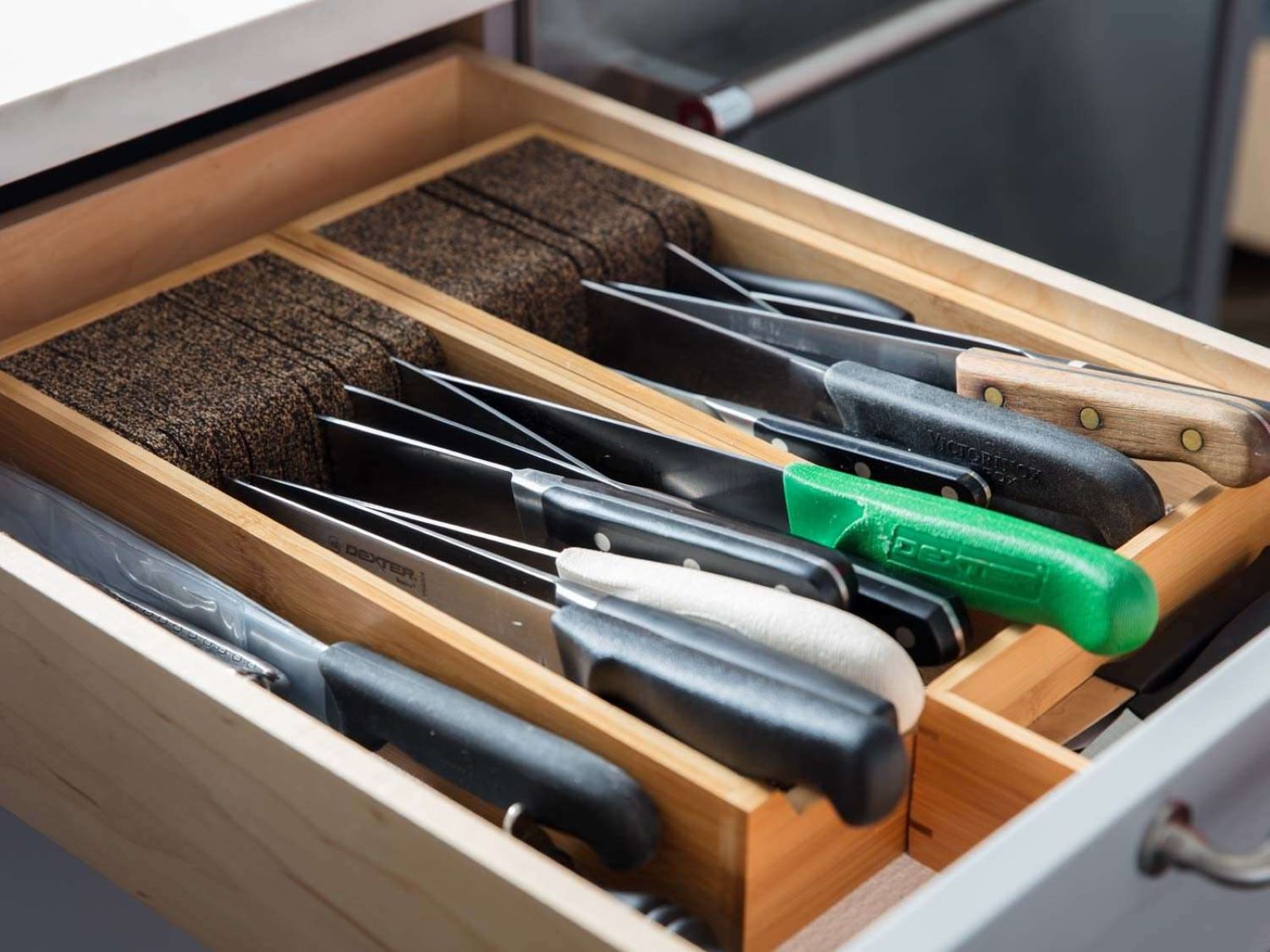
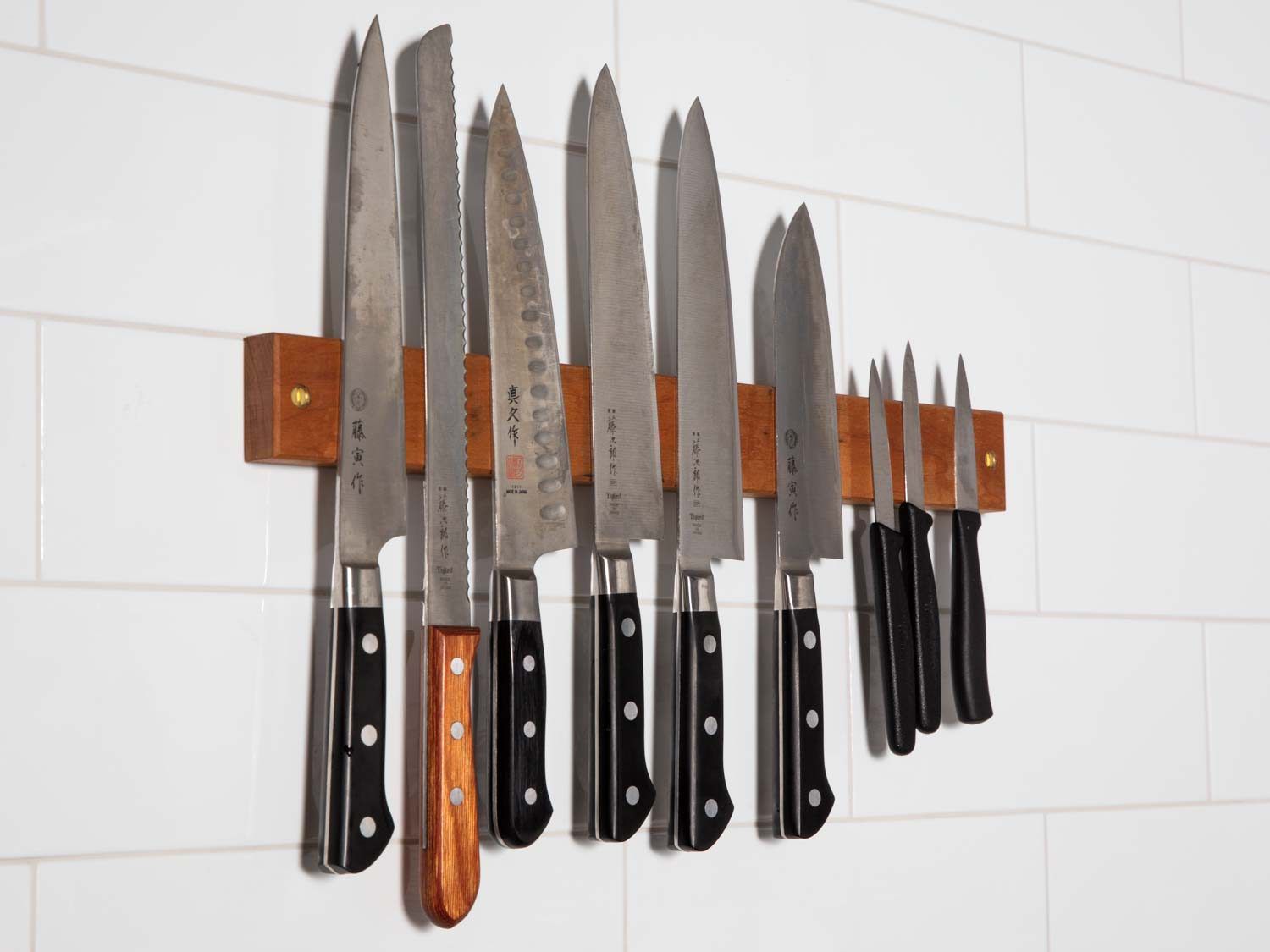
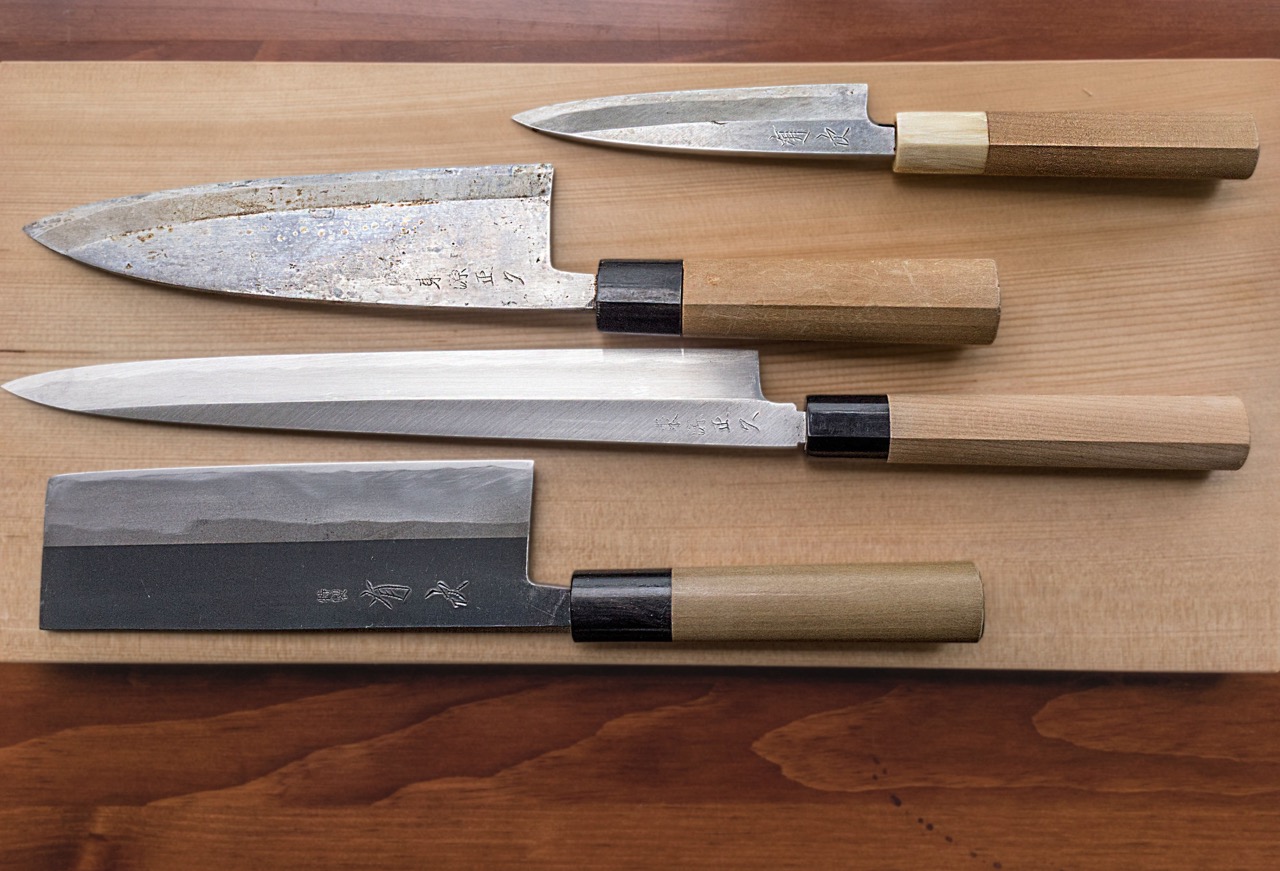
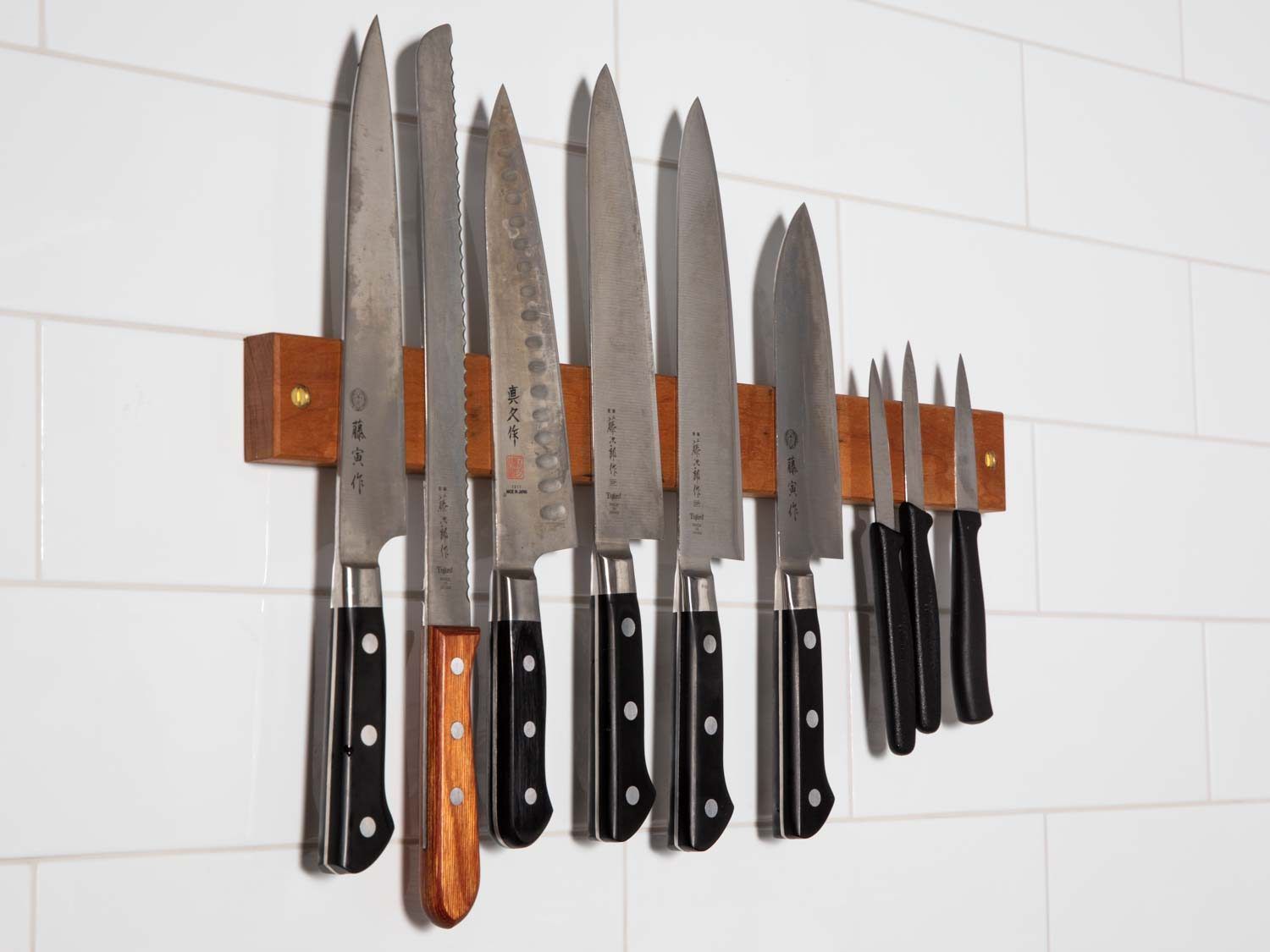
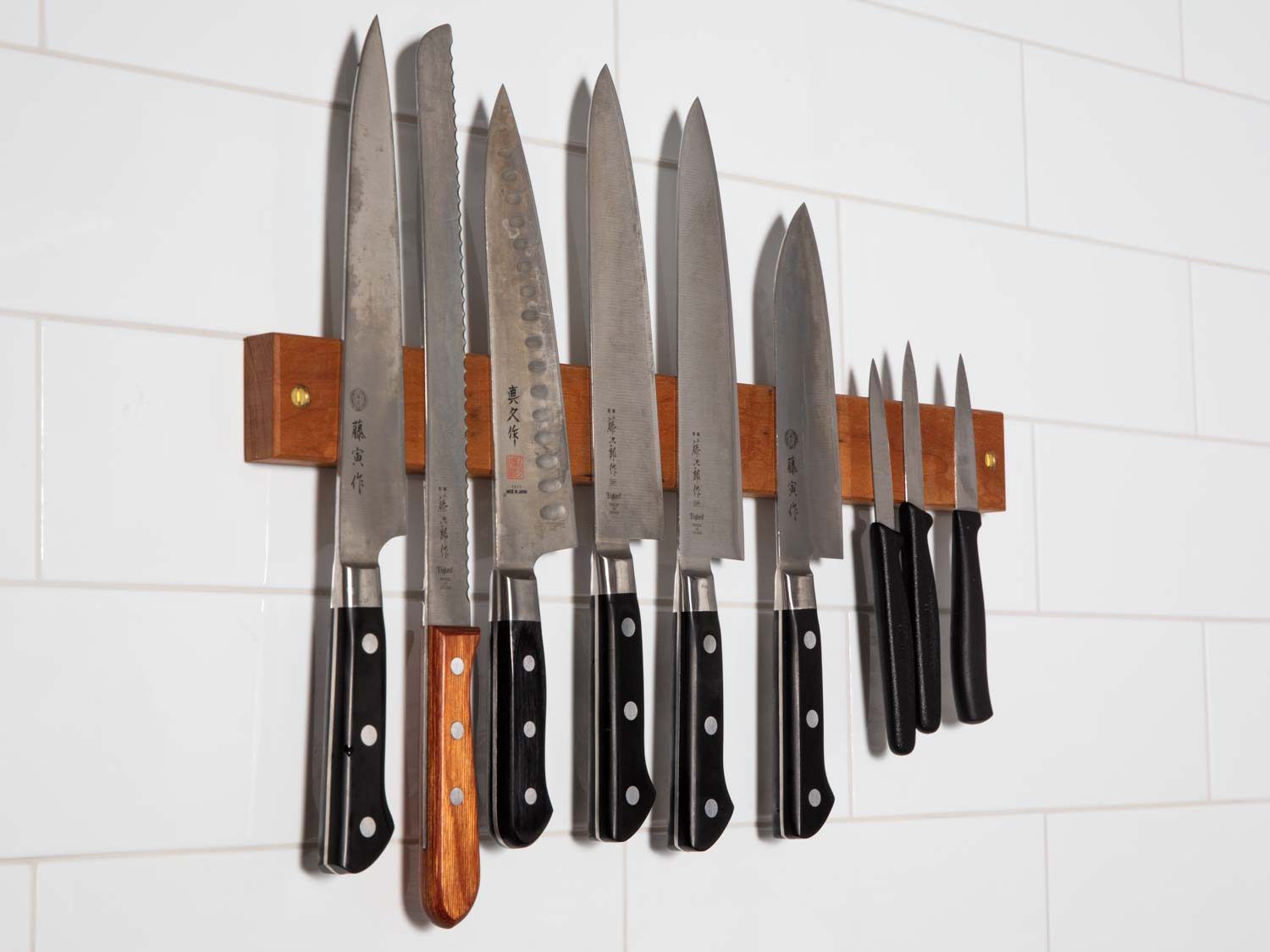
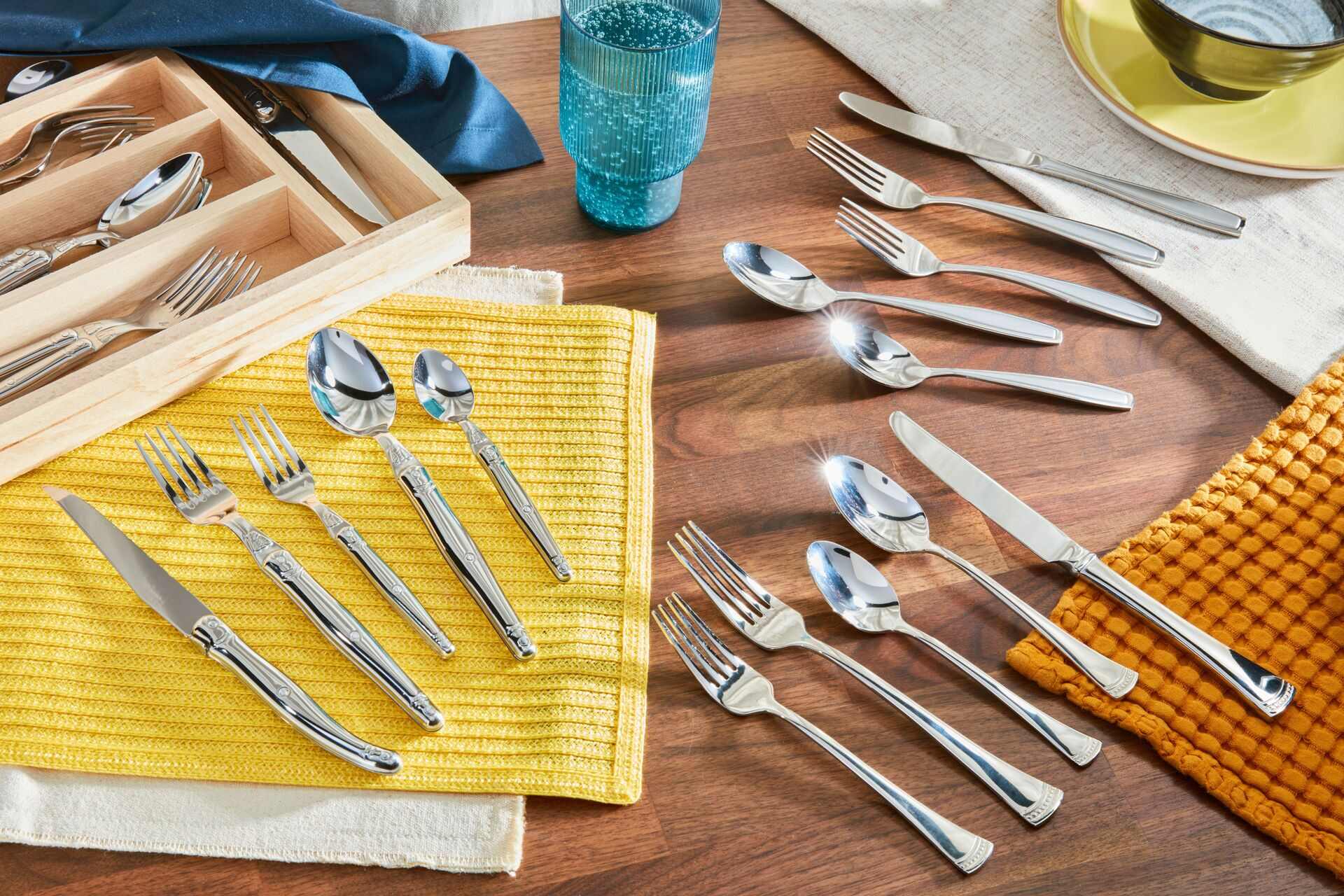
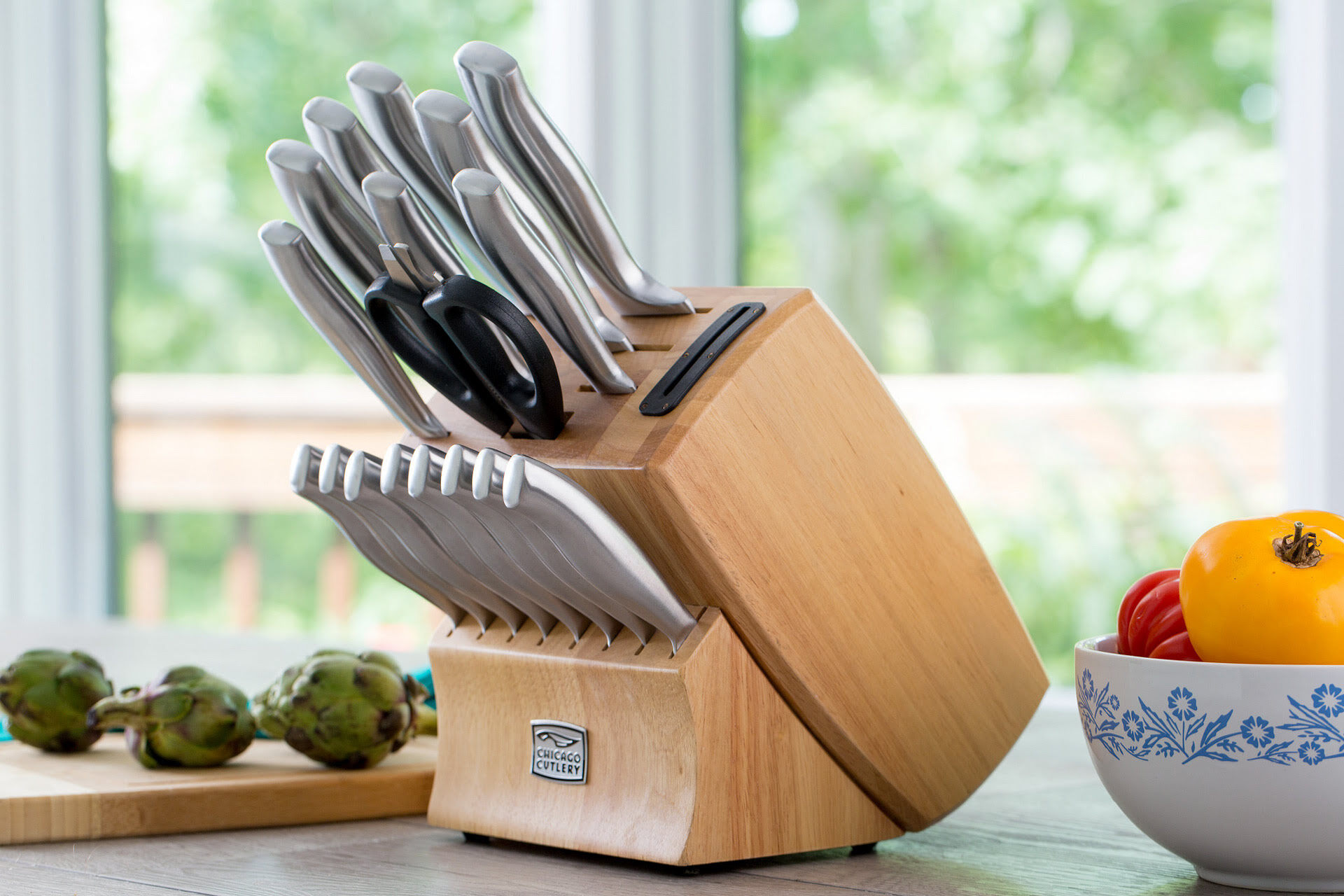
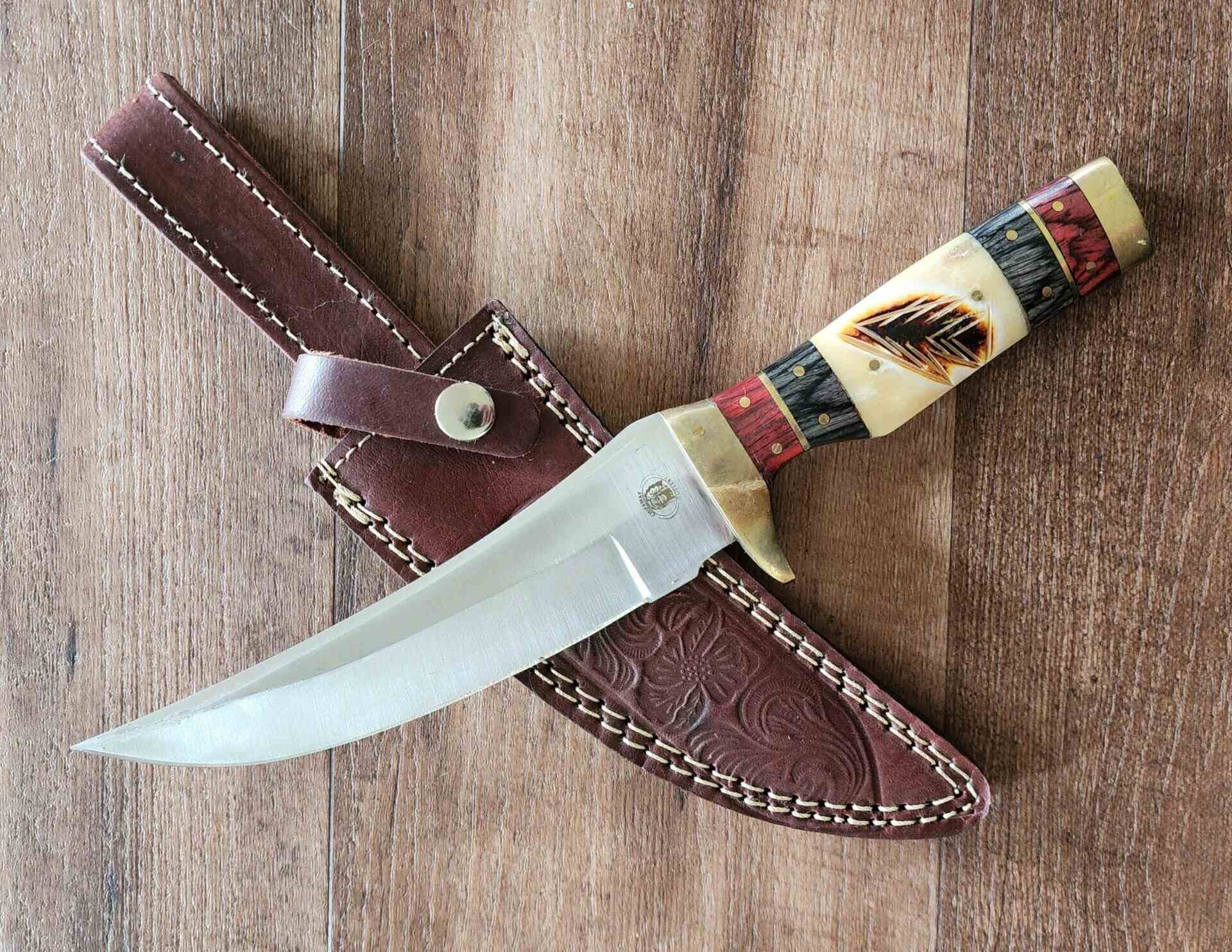
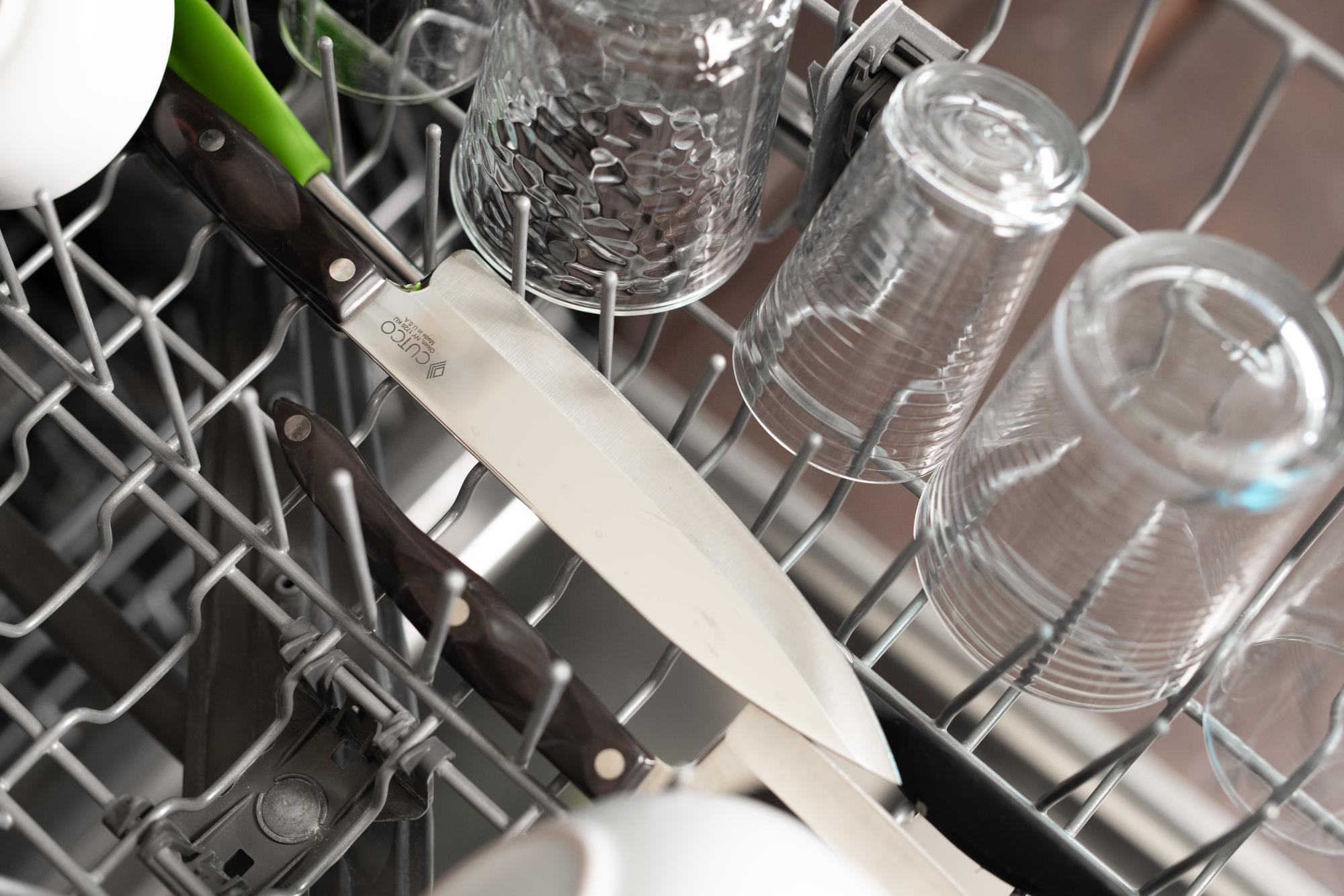
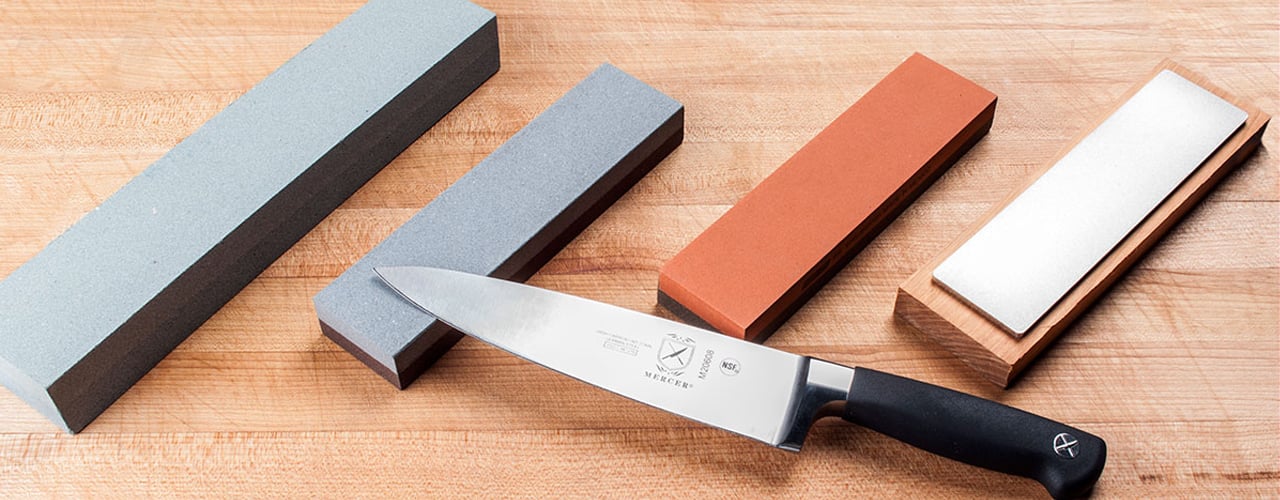
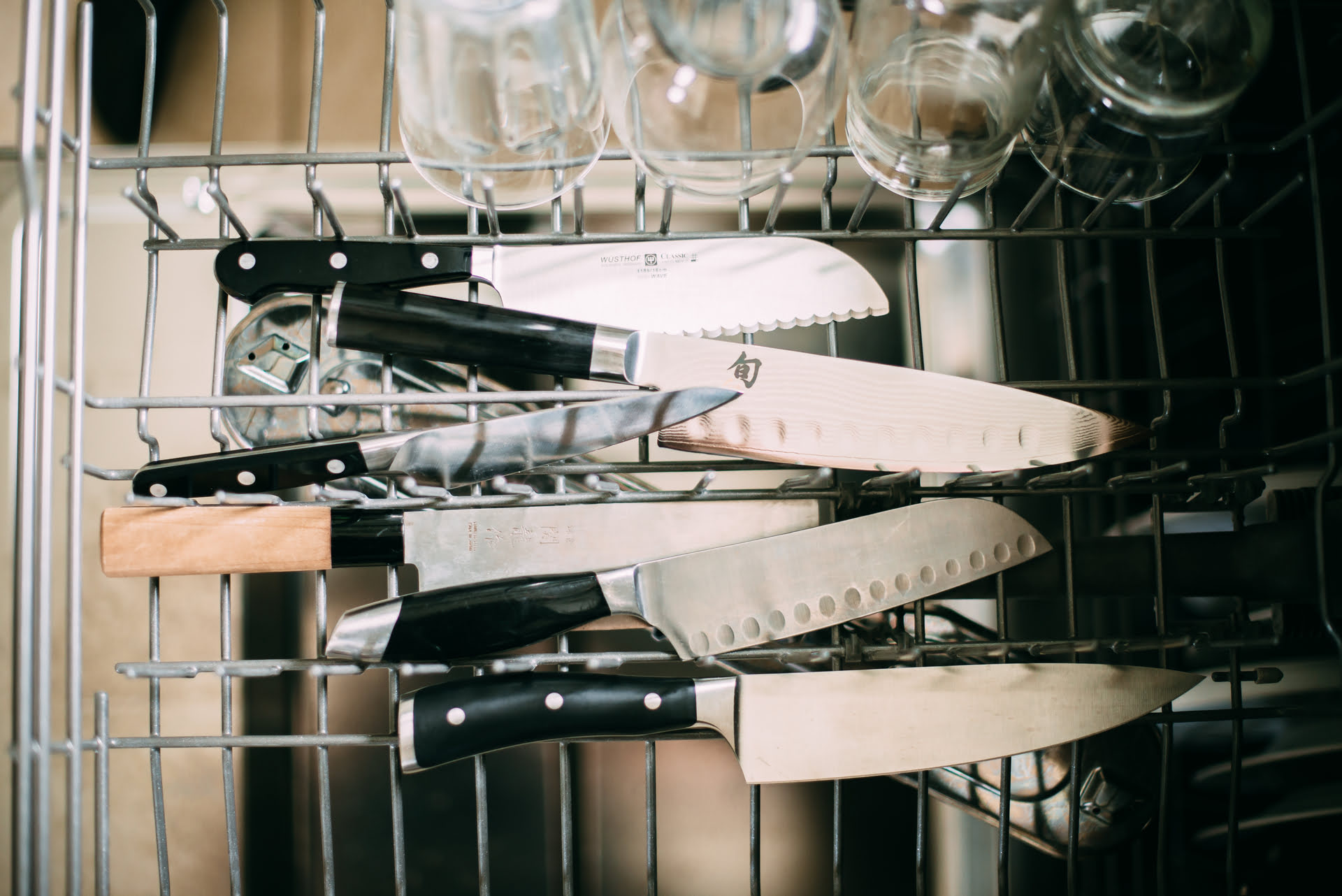
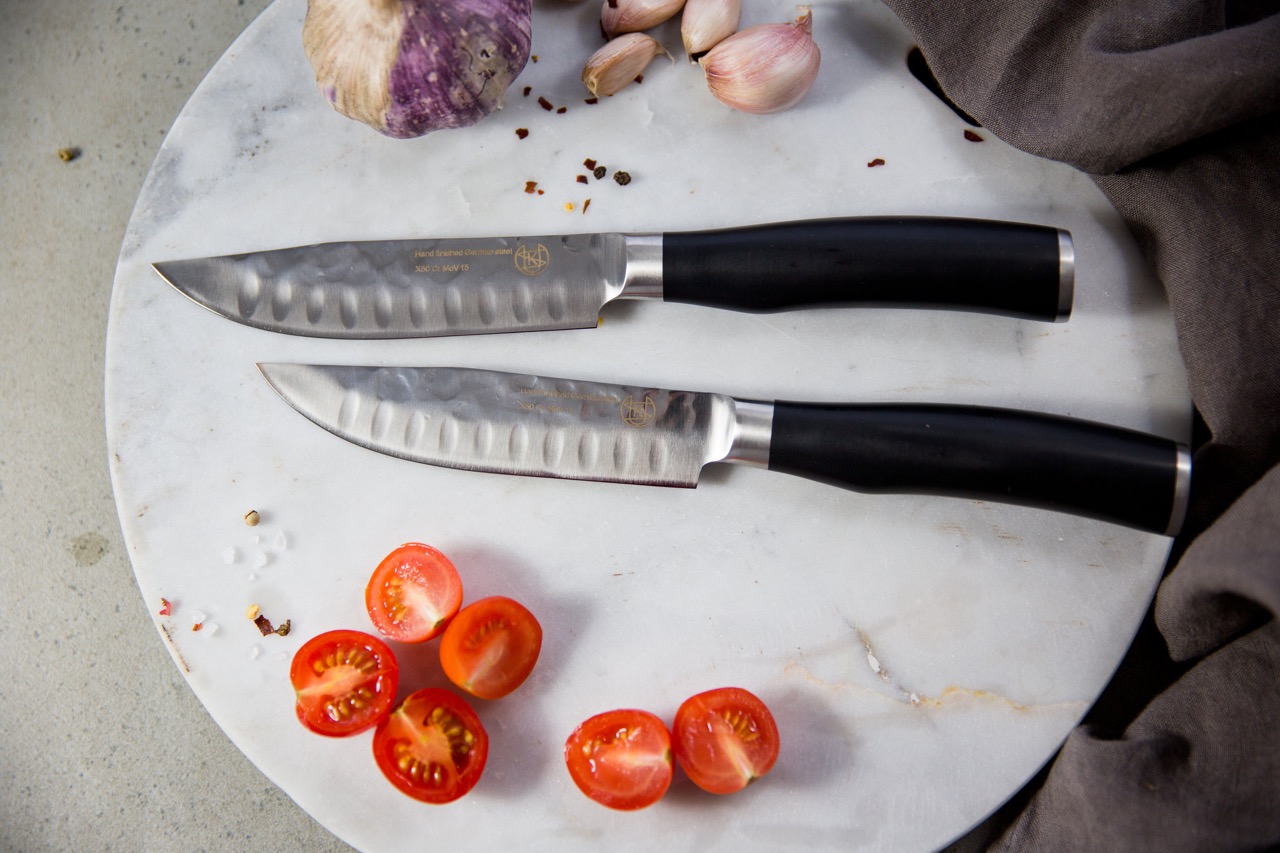


0 thoughts on “How To Store Damascus Knives”